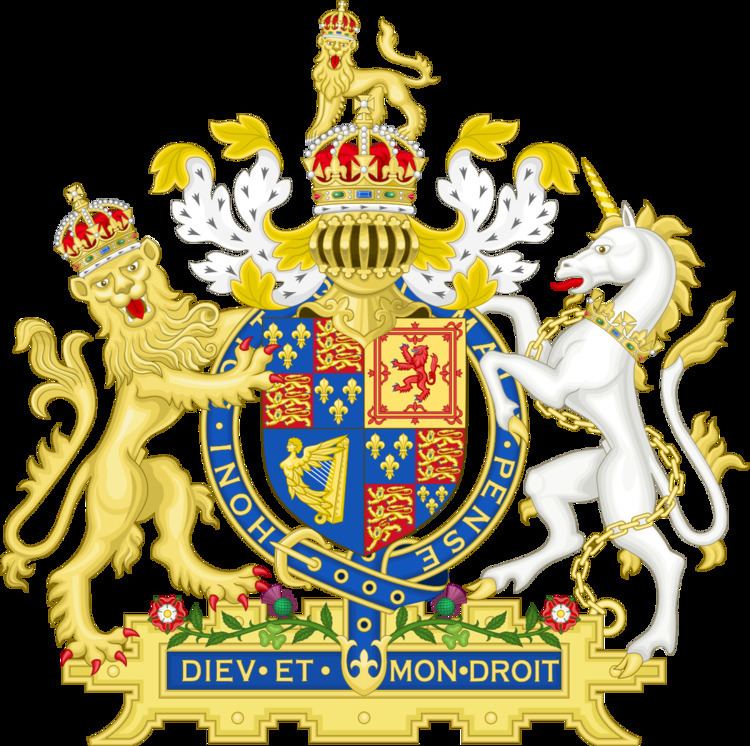Formation 1253-1645 | Term length No fixed term | |
 | ||
Style The Right Honourable(Formal prefix)Secretary to the Admiralty Appointer The English Monarchon advice of the Prime Minister | ||
In the Kingdom of England, the title of Secretary of State came into being near the end of the reign of Queen Elizabeth I (1558–1603), the usual title before that having been King's Clerk, King's Secretary, or Principal Secretary.
Contents
From the time of Henry VIII, there were usually two secretaries of state. After the restoration of the monarchy of 1660, the two posts were specifically designated as the Secretary of State for the Northern Department and the Secretary of State for the Southern Department. Both dealt with home affairs and they divided foreign affairs between them.
History
From early Fourteenth century the Secretary became the third office of state in the kingdom. Most administrative business went through the royal household, particularly the Wardrobe. The Privy Seal's warrants increased rapidly in quantity and frequency during the late medieval period. The Signet warrant, kept by the Keeper of the Privy Seal, could be used to stamp documents on authority of chancery and on behalf of the Chancellor. During wartime took his privy seal on his person wherever he went. Its controller was the Secretary, who served on military and diplomatic missions; and the Wardrobe's clerks assumed an even greater importance.
The sovereigns of England had a clerical servant, at first known as their Clerk, later as their Secretary. The primary duty of this office was carrying on the monarch's official correspondence, but in varying degrees the holder also advised the Crown. Until the reign of King Henry VIII (1509–1547), there was usually only one such secretary at a time, but by the end of Henry's reign there was also a second secretary. At about the end of the reign of Henry's daughter Elizabeth I (1558–1603), the secretaries began to be called "Secretary of State".
After the Restoration of 1660, the two posts came to be known as the Secretary of State for the Northern Department and the Secretary of State for the Southern Department. Both of the secretaries dealt with internal matters, but they also divided foreign affairs between them. One dealt with northern Europe (the mostly Protestant states) and the other with southern Europe. Following the Glorious Revolution of 1688, the Cabinet took over the practical direction of affairs previously undertaken by the Privy Council, and the two secretaries of state gained ever more responsible powers.
List of officeholders
Lancaster and York
Tudor
Stuart
For the subsequent period see:
